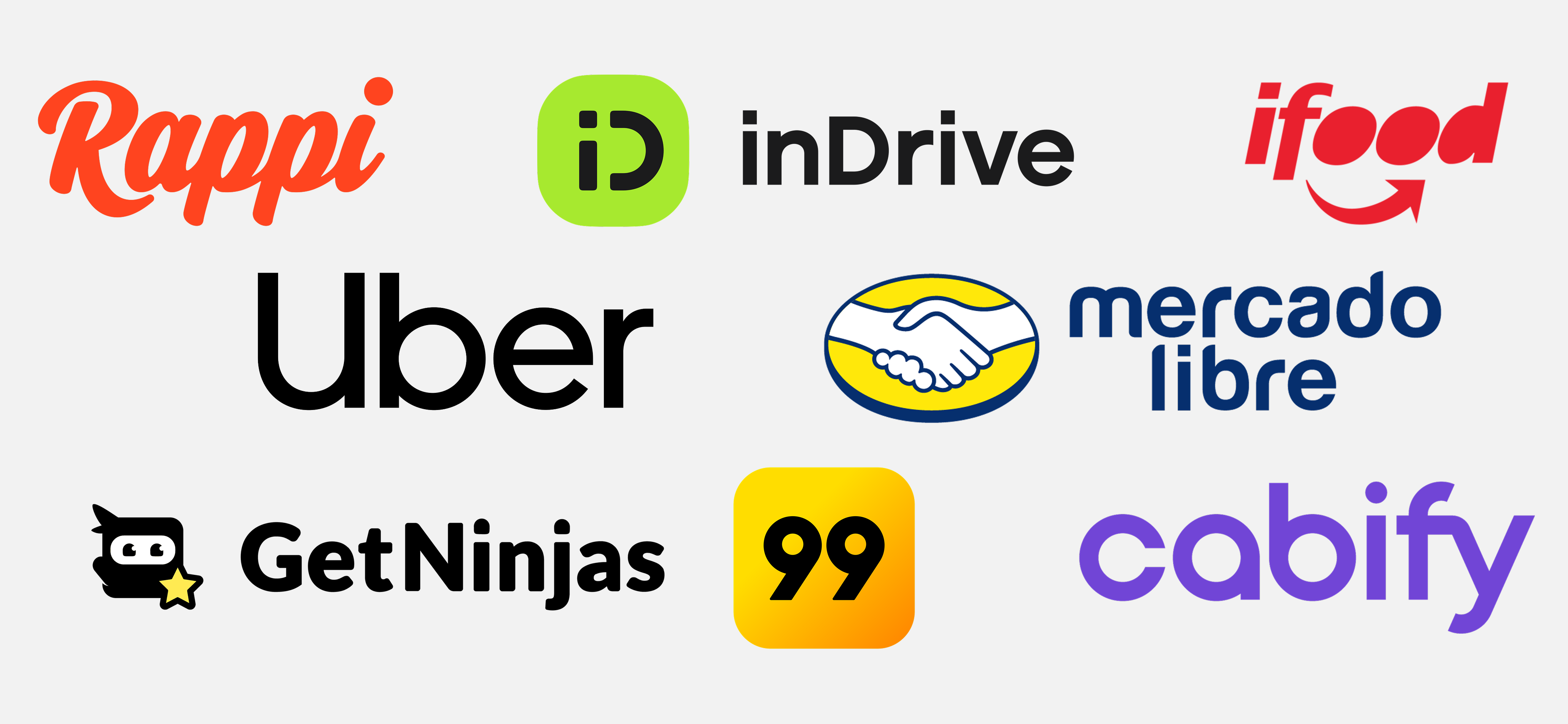India: 7 Tailwinds for its Gaming Market
While gaming continues to expand around the globe (>3b gamers today), India’s growth is uniquely compelling. In our view, there is a disconnect between India being home to roughly 17.5% of the world’s population (Census) and not appearing in the top 10 markets by game revenue (Newzoo). Additionally, the proliferation of more accessible hardware (primarily smartphones) and improved network/internet connectivity is driving massive adoption and putting India at center stage. In our view, this convergence of data leads us to believe that India is a uniquely attractive market for gaming investments.
For context on just how large the Indian gaming market has become, it is estimated that the total population of gamers has grown from ~250m in 2018 to ~433m in 2021 (KPMG). This means that the number of gamers in India is already ~30% larger than the entire population of the United States.
The historical growth is impressive, yet what’s even more exciting is this next chapter for the games market in India. Despite having the second highest number of smartphone users in the world with 492.8m (China has the most at 953.6m), smartphone adoption is still only at 35.4% (Newzoo). For context, other developing markets have much higher smartphone adoption rates: Brazil (55.4%), Mexico (57.4%), Vietnam (68.2%), and Russia (70.1%).
Here are 7 key reasons why we are bullish on the future of gaming in India (in order):
1) Demographics: Approximately 52% of India’s citizens are under the age of 30, and just 26% are older than 44 (Britannica). The country consists of a very young and tech-savvy population that aligns with the target demographic for gamers, as 60% of the country’s gamers are younger than 25 years old (Invest India). Globally, the average gamer is 34 years old (TechJury).
2) Smartphone Adoption: 2021 was a strong year for smartphone sales in India, with a record 162m devices being shipped. This represents a 12% increase over the prior year (CNBC). Considering the ongoing global supply chain constraints, this is a particularly notable sales increase. Additionally, at only 35% mobile adoption for the population of India, this is a significant tailwind for its local gaming market. As a reminder, mobile gaming makes up >50% of the global games market.
3) External Investment: In 2020, Google announced that they would be investing $10b over the next 5-7 years in India to “help accelerate adoption of digital services in the key overseas market.” In April 2020, Facebook (Meta) made a $5.7b investment in Reliance Jio Platforms, the top telecom operator in the nation, to digitize 60 million mom-and-pop stores in the country. Amazon founder Jeff Bezos said the e-commerce giant was investing an additional $1b into India, bringing the company’s total commitment to-date to $6.5b (TechCrunch). Alongside this, many VC funds and private equity groups from NA/EU are heavily investing in the country. One of the best recent examples of this is Mobile Premier League raising $150m at a $2.3b valuation back in September 2021 (GamesBeat).
4) Network Infrastructure: India has the highest per capita data consumption in the world at 12 GB per month (Economic Times). Because of this, companies like AWS have invested billions of dollars in the construction of local data centers. The incredible demand for data has been met by a growing supply of providers, and the competition has driven costs down. As a result, India has one of the lowest data costs in the world at around $0.68 per GB. The global average is more than $4 per GB (Cable). Lower data costs means that gamers will be able to access more gaming content on the same budget. These improvements to their network infrastructure will continue.
5) Improving Monetization: One of the largest headwinds for the Indian gaming market over the last decade has been the poor monetization per player. The aggregate Average Revenue Per User (ARPU) of ~$2 is one of the lowest in the world. To put this into perspective, ARPU in an emerging market like Indonesia is upwards of $10 to $20. Additionally, ARPU in China is somewhere between $60 and $70 and around $200 to $220 in the United States (KPMG). That being said, a recent report indicated that India is now the fastest growing Asian market in terms of ARPU (Niko Partners). A key reason for this ARPU growth is that localized digital payment systems like Paytm and Razorpay are making online transactions more accessible to the average player. In short, a part of the poor monetization to date may not be entirely GDP per capita related but is more structural in nature (this is being fixed through innovation in fintech payments). Better player monetization puts more capital into the hands of content creators, which will in turn improve the quality and breadth of the country’s gaming market.
6) Technological Innovation: As mobile technology advances, smartphone specifications are improving at lower prices. This ensures that players are able to continue accessing a larger pool of gaming content that may have previously been inaccessible on less capable hardware. On top of this, the potential growth of cloud gaming could allow more technically demanding content to run on lower end smartphones.
7) Staying at Home: The entire global gaming industry was boosted by stay-at-home orders during the pandemic, and India was no exception. Virtual game sessions became a more important component of daily life, and nearly 45% of India’s mobile users started playing games for the first time on their smartphones during the pandemic. Gaming has become an increasingly prevalent channel for virtual entertainment and has shown to be resilient in the face of macro headwinds.
Takeaway: we are incredibly bullish on the future of video gaming in India. The country has recently been experiencing exceptional growth as a result of key drivers including a young and engaged population, cost-effective hardware advancements, improving internet infrastructure, expanding digital payment capabilities, and macro tailwinds. Overall, we are excited to see this market expand its gaming influence over the next 24 months.







.png)

.png)


.png)
.png)



.png)

.png)

.png)



.png)


.png)

.png)
.png)
.png)
.png)
.png)
.png)


